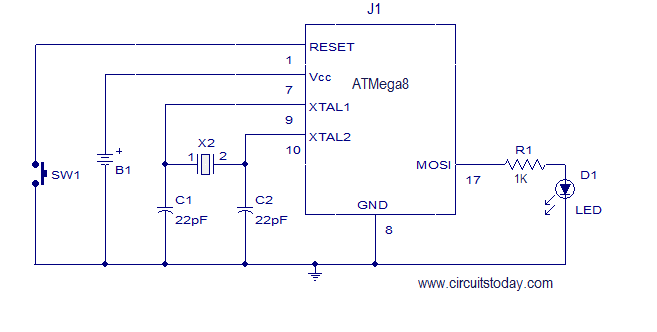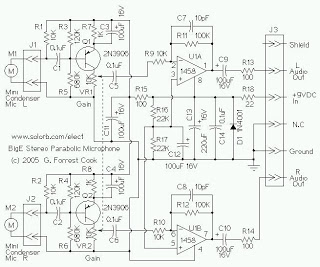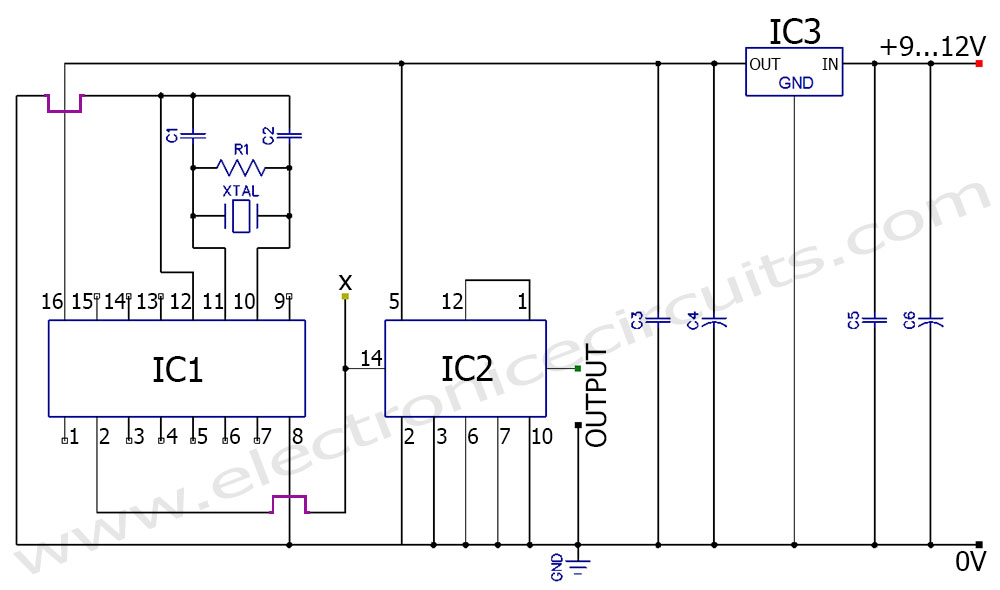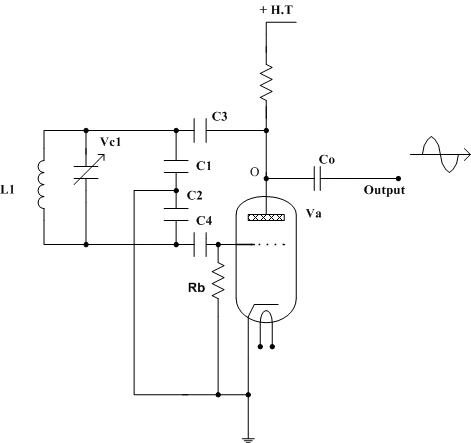
Crystal radio schematics
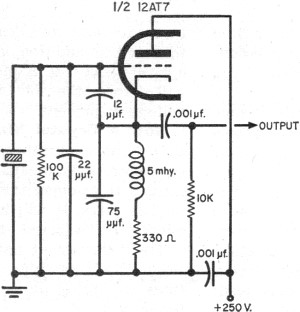
The fundamentals of crystals have not changed since this article appeared in a 1960 edition of Popular Electronics. The methods for growing, cutting, and packaging crystals have evolved significantly. Understanding their operation at the atomic level has also advanced considerably. The number of devices that utilize crystals has increased dramatically. However, aside from the replacement of vacuum tubes with transistors in oscillator circuits, not much has changed. Various professionals, including amateur radio operators, airline pilots, police radio dispatchers, and broadcast-station announcers, share a commonality: they all utilize the unique properties of quartz crystals—thin, glass-like plates that maintain synchronization in technology. Crystals are integral to nearly all commercial and amateur radio equipment, yet few users understand their functioning. Before delving into the specifics of crystal operation, it is essential to define three key terms: resonance, damping, and piezoelectricity. In a typical oscillator circuit, activating the oscillator generates a voltage between its cathode and grid, which induces vibrations in the crystal at its resonant frequency. These vibrations produce an alternating voltage across the crystal terminals, amplified by the tube. The LC circuit is tuned to the crystal frequency, presenting high impedance in the tube's plate circuit, allowing a portion of the amplified voltage to feedback to the crystal and sustain oscillation. An overtone oscillator can provide output up to 60 MHz with crystals designed for third-harmonic operation, with the LC circuit tuned to the output frequency. The piezoelectric crystal used in radio transmitters typically consists of a thin plate of Brazilian quartz approximately 0.5 inches square, with contacts on either side, enclosed in a protective container. The contacts are held against the crystal by spring pressure or are sometimes plated onto the quartz surface, with each contact connected to one of the base pins. Resonance refers to the frequency at which an object vibrates most readily; every object possesses a resonant frequency. For example, a piano string vibrates at its resonant note when struck. Damping refers to the suppression of an object's tendency to vibrate; a more highly damped object vibrates less readily. In a piano, using the loud pedal removes damping, while the soft pedal increases it. Piezoelectricity is a property of certain materials that generate a small voltage across their surfaces when stretched or compressed. Conversely, applying voltage to a piezoelectric material will deform it as long as the voltage is present.
Assuming a piezoelectric crystal is connected to an electrical circuit, it possesses mass and, therefore, a resonant frequency. When mechanically excited, the crystal vibrates at this frequency. If the damping is low, the crystal will continue vibrating at its resonant frequency for an extended period. Given its piezoelectric nature, the crystal generates a voltage across its surfaces whenever it is subjected to mechanical stress. This phenomenon is critical in radio frequency applications, where the precise oscillation of the crystal can stabilize frequency output in transmitters and receivers. The integration of such crystals into electronic circuits allows for enhanced performance in communication devices, ensuring accurate signal transmission and reception across various frequencies. Understanding the principles of resonance, damping, and piezoelectricity is essential for engineers and technicians working with crystal-based technologies, as these principles underpin the functionality of many modern electronic devices.The fundamentals of crystals has not changed since this article appeared in a 1960 edition of Popular Electronics. The way they are grown, cut, and packaged has changed fairly significantly. An understanding of how they work at the atomic level has advanced significantly. The number of devices in which they are contained has increased significantly. However, except for the vacuum tubes in these oscillator circuits being replaced by transistors, nothing much has changed. An amateur radio operator, an airline pilot, a police radio dispatcher, a broadcast-station announcer.
sound like a hodge-podge of job holders Maybe so, but they have at least one thing in common. All make daily use of the peculiar properties of quartz crystals - thin, glass-like plates that keep the world in tune. Crystals are found in almost all commercial and ham radio equipment, but few of their users know how they work.
Before we examine the details of crystal operation, let`s take time out to define our terms. There are three important words involved: resonance, damping, and piezoelectricity. Fig. 1. In a typical oscillator circuit, turning the oscillator on develops a voltage between its cathode and grid, and this voltage shocks the crystal into vibration at its resonant frequency. The vibration in turn develops an alternating voltage across the crystal terminals, which is amplified by the tube.
The LC circuit is tuned near the crystal frequency and presents a high impedance in the tube`s plate circuit. Consequently, a portion of the amplified voltage is fed back to the crystal and maintains oscillation.
Fig. 4. Overtone oscillator will provide output up to 60 mc. with crystals ground for third-harmonic operation. LC circuit must be tuned to output frequency. Structurally, the piezoelectric crystal used in radio transmitters consists of a thin plate of Brazilian quartz about 1/2" square. There is a contact on either side, and the entire unit is enclosed in a container for protection. The contacts are held in position against the crystal by spring pressure, or, sometimes, they are plated onto the surface of the quartz.
Each contact is then connected to one of the base pins. Resonance means the frequency at which an object will vibrate most easily. Every object has a resonant frequency. Musical instruments - the piano, for instance - are based on this principle. When you strike a key, a hammer hits the piano string, which then vibrates at its resonant note. Damping means the suppression of an object`s tendency to vibrate, The more highly damped an object is, the less readily it will vibrate. In the piano, for example, stepping on the loud pedal removes the damping from the strings. Stepping on the soft pedal damps the vibrations even more than usual. Finally, piezoelectricity is a property shared by several substances. It means that the substance generates a small voltage across its opposite sides if it is stretched or squeezed.
In addition, applying a voltage to opposite sides of a piezoelectric material will deform the substance as long as the voltage is present. How a Crystal Works. Let`s assume that we have a crystal of some piezoelectric substance, and a means of making electrical contact to its opposite sides.
Since the crystal has mass, it will have a resonant frequency. If it`s jarred - mechanically excited - it will vibrate at that frequency. And if the crystal`s damping is light, it will continue to vibrate at its resonant frequency for some time. But remember that our crystal is piezoelectric. By definition, this means that it will develop a voltage across its opposite sides whenever 🔗 External reference
Assuming a piezoelectric crystal is connected to an electrical circuit, it possesses mass and, therefore, a resonant frequency. When mechanically excited, the crystal vibrates at this frequency. If the damping is low, the crystal will continue vibrating at its resonant frequency for an extended period. Given its piezoelectric nature, the crystal generates a voltage across its surfaces whenever it is subjected to mechanical stress. This phenomenon is critical in radio frequency applications, where the precise oscillation of the crystal can stabilize frequency output in transmitters and receivers. The integration of such crystals into electronic circuits allows for enhanced performance in communication devices, ensuring accurate signal transmission and reception across various frequencies. Understanding the principles of resonance, damping, and piezoelectricity is essential for engineers and technicians working with crystal-based technologies, as these principles underpin the functionality of many modern electronic devices.The fundamentals of crystals has not changed since this article appeared in a 1960 edition of Popular Electronics. The way they are grown, cut, and packaged has changed fairly significantly. An understanding of how they work at the atomic level has advanced significantly. The number of devices in which they are contained has increased significantly. However, except for the vacuum tubes in these oscillator circuits being replaced by transistors, nothing much has changed. An amateur radio operator, an airline pilot, a police radio dispatcher, a broadcast-station announcer.
sound like a hodge-podge of job holders Maybe so, but they have at least one thing in common. All make daily use of the peculiar properties of quartz crystals - thin, glass-like plates that keep the world in tune. Crystals are found in almost all commercial and ham radio equipment, but few of their users know how they work.
Before we examine the details of crystal operation, let`s take time out to define our terms. There are three important words involved: resonance, damping, and piezoelectricity. Fig. 1. In a typical oscillator circuit, turning the oscillator on develops a voltage between its cathode and grid, and this voltage shocks the crystal into vibration at its resonant frequency. The vibration in turn develops an alternating voltage across the crystal terminals, which is amplified by the tube.
The LC circuit is tuned near the crystal frequency and presents a high impedance in the tube`s plate circuit. Consequently, a portion of the amplified voltage is fed back to the crystal and maintains oscillation.
Fig. 4. Overtone oscillator will provide output up to 60 mc. with crystals ground for third-harmonic operation. LC circuit must be tuned to output frequency. Structurally, the piezoelectric crystal used in radio transmitters consists of a thin plate of Brazilian quartz about 1/2" square. There is a contact on either side, and the entire unit is enclosed in a container for protection. The contacts are held in position against the crystal by spring pressure, or, sometimes, they are plated onto the surface of the quartz.
Each contact is then connected to one of the base pins. Resonance means the frequency at which an object will vibrate most easily. Every object has a resonant frequency. Musical instruments - the piano, for instance - are based on this principle. When you strike a key, a hammer hits the piano string, which then vibrates at its resonant note. Damping means the suppression of an object`s tendency to vibrate, The more highly damped an object is, the less readily it will vibrate. In the piano, for example, stepping on the loud pedal removes the damping from the strings. Stepping on the soft pedal damps the vibrations even more than usual. Finally, piezoelectricity is a property shared by several substances. It means that the substance generates a small voltage across its opposite sides if it is stretched or squeezed.
In addition, applying a voltage to opposite sides of a piezoelectric material will deform the substance as long as the voltage is present. How a Crystal Works. Let`s assume that we have a crystal of some piezoelectric substance, and a means of making electrical contact to its opposite sides.
Since the crystal has mass, it will have a resonant frequency. If it`s jarred - mechanically excited - it will vibrate at that frequency. And if the crystal`s damping is light, it will continue to vibrate at its resonant frequency for some time. But remember that our crystal is piezoelectric. By definition, this means that it will develop a voltage across its opposite sides whenever 🔗 External reference
